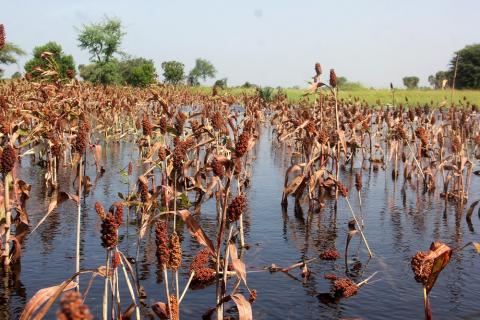
Hundreds of thousands of people living with HIV in India are struggling to access treatment because of a shortage of antiretroviral (ARV) drugs, according to campaigners.
Up to 500,000 people have not been able to get hold of free ARVs from government health centres and hospitals over the past five months, they say, as the country experiences stock shortages of key drugs.
ARVs that are available in privately run pharmacies and shops can be prohibitively expensive. Some people have been given alternative drugs, but others have stopped taking any medication.
“Does the government even realise that at least 500,000, or one-third of the patients, are affected by this? Some adults are being given 11 doses of paediatric medicine to compensate,” said Loon Gangte, president of the Delhi Network of Positive People (DNP+), an NGO that works to improve the treatment and facilities for people living with HIV and Aids. “We only demand an uninterrupted monthly supply. This treatment is our right.”
According to Gangte, who has been protesting with about 30 others outside India’s National Aids Control Organisation (Naco) in Delhi for 22 days, at least 12 other states, including Assam, Uttar Pradesh, Rajasthan and Punjab, are facing ARV shortages. He said several state governments have asked patients to change their longstanding drug regimes.
“The [Covid-19] pandemic had already broken our backs. Now this shortage is pushing us further into penury,” Gangte said.
Kedar Nath, a 30-year-old street vendor taking part in the protest, said he has not taken his ARVs on several occasions over the past two months. He cannot afford the £50 a month it would cost to buy the drugs on the open market.
“I have been taking these drugs for the last 13 years. They have helped me continue with my life despite the virus in my body. But the recent shortage has turned my life upside down since I can neither find the strength to work, nor have any savings to live off,” he said.
According to government figures, 2.35 million people in India are HIV-positive. About 1.5 million people are on antiretroviral therapy, far lower than the World Health Organization’s “90-90-90 target” – under which 90% of people with HIV are diagnosed, 90% are on ARV treatment, and 90% are no longer infectious.
India says it aims to end the HIV epidemic by 2030. In 2019, an estimated 58,900 Aids-related deaths were reported in the country.
The government has refuted Gangte’s claims of a shortage. The Indian health ministry said it had “reviewed the entire situation and held a series of meetings with the protesters. ARV drugs are being provided for [a] duration of less than one month, but at no point in time has there been any shortage of drugs for any of the PLHIV [patients living with HIV]. There is adequate stock nationally for 95% PLHIV.”
Naco did not wish to comment. However, in a letter seen by the Guardian that was dated 30 May, Naco asked all state Aids prevention and control societies, which oversee HIV testing and treatment in each state, to switch to other regimes “to tide through the crisis situation as an interim arrangement”.












